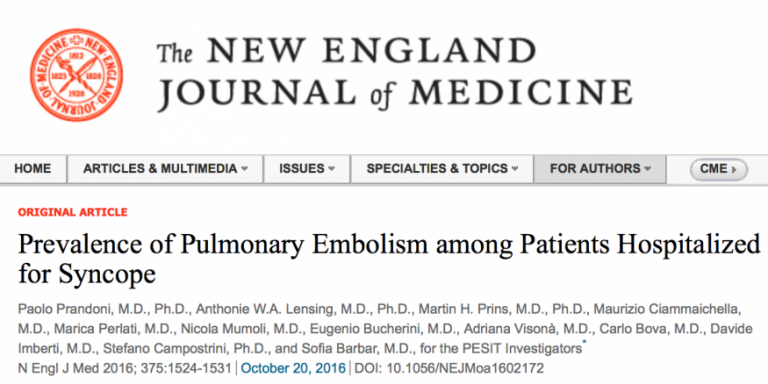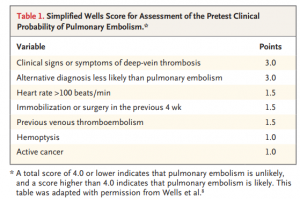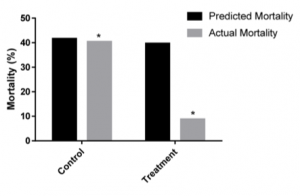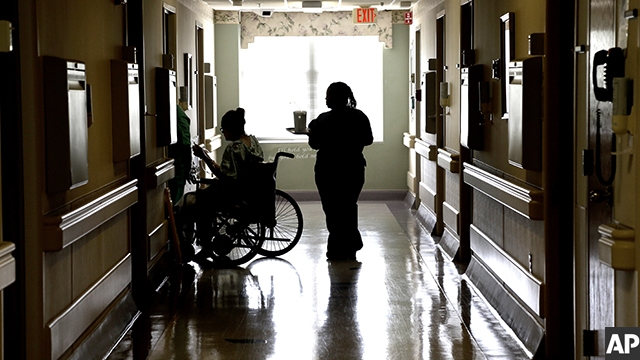Sonya Chistov
July 6, 2017
A young patient presents to the emergency department (ED) with altered mental status. According to EMS providers, she had ingested an unknown substance, and now was combative, screaming and flailing uncontrollably. Her point-of-care glucose level is normal. She is immediately restrained and sedated, placed in an isolated room and labeled “just another intoxication”. After hours of sleeping, her mental status is not normalizing. Labs are finally ordered after carefully looking through previous visits and discovering no previous psychiatric history. The patient is found to have an elevated WBC count, is discovered to be febrile and tachycardic. Therefore, what was initially considered a behavioral health issue is actually a medical one that requires immediate care.
Considering the numbers of cases that present similarly to this one, is there a common protocol to distinguish medical from psychiatric emergencies?
Following the closure of institutional psychiatric facilities in the 1980s, EDs are the main location for treatment of patients with a variety of psychiatric complaints [1]. For many behavioral health visits, emergency medicine physicians are commonly tasked with evaluating patients and “medically clearing” them before evaluation by psychiatrists. Medical clearance differs in definition regionally, but often, a set of protocol orders is required before the patient can be further evaluated for evaluation by psychiatrists and potential admission to a psychiatric unit versus a medical unit [2,3]. There has been ongoing debate regarding the necessity of these tests for many patients, because they are often negative and often could potentially be avoided based on clinical grounds.
Each patient in the ED is provided with a physical exam and medical history. If the patient is alert and oriented, expressing only psychiatric complaints, what orders are then deemed necessary for medical clearance? In many cases, ED physicians will order a basic metabolic panel (BMP), complete blood count (CBC), other functional “psych” lab tests, electrocardiogram (ECG), and a urine drug analysis, as well as an assessment of common overdoses particularly salicylates, acetaminophen, and alcohol. Even with positive urine analysis for drug use, the ED often does not provide further interventions except for time and space to metabolize the ingested agent. [3]
A recent article by Brown et al, in Annals of Emergency Medicine, reviewed numerous studies regarding protocolized psychiatric orders and determined that these tests often had low diagnostic yield, and rarely affected original decisions in disposition. However, the article also noted that psychiatric patients tend to have higher rates of co-morbidities and a shorter general life span, so generic laboratory testing sometimes leads to positive results that may or may not be directly relevant to the ED care. Patients also spend long periods of time in the ED before evaluation, until the decision for admission is made, and until they receive a hospital bed. [4,5,6] Those in favor of the standardized testing work closely within the medical model. These people suggest that underlying illness can influence psychiatric complaints, and these tests can determine or eliminate a direct or organic medical cause. Also, due to overcrowding on inpatient psychiatric units, the use of these tests can weed cases that may be more appropriate for “medicine” cases, saving room for true psychiatric emergencies. [4,5,6]
The lack of consensus regarding all aspects of this issue is astounding, but ultimately it comes down to two things: time and money. If patients complaining of new onset psychiatric complaints, with no other previous medical history, are evaluated the same as patients with a history of psychiatric complaints, substance abuse, or extensive co-morbidities, is it necessary to be “treated” in the ED? In my humble opinion, our healthcare system should develop a standardized protocol, which can compromise between both sides of this argument. If a patient presents with psychiatric symptoms, they should be examined as any other patient with a routine physical exam and obtaining a detailed medical history. If the patient has stable vitals, normal physical exam, no substance abuse (altered mental status) and no other complaints- the complaint could potentially be evaluated directly by psychiatrists or within a psychiatric-focused ED, as many hospitals have this already. For patients deemed a higher risk, such as elderly patients, patients with new onset psychiatric symptoms and patients with altered mental status, testing should be determined based on each patient’s presentation and medical necessity, and by the treating ED physician.
References:
[1] Larkin GL, Claassen CA, Emond JA, Pelletier AJ, Camargo CA. Trends in US emergency department visits for mental health conditions, 1992 to 2001. Psychiatric services. 2005 Jun;56(6):671-7.
[2] Brown, MD. et al. Clinical Policy: Critical Issues in the Diagnosis and Management of the Adult Psychiatric Patient in the Emergency Department. Annals of Emergency Medicine. 2017, Feb; 69(4): 480-98
[3] Turner JE, Zun LS. An Evidence-Based Approach to Medical Clearance of Psychiatric Patients in the Emergency Department. Current Emergency and Hospital Medicine Reports. 2015 Dec 1;3(4):176-82.
[4] Tucci V, Siever K, Matorin A, Moukaddam N. Down the rabbit hole: emergency department medical clearance of patients with psychiatric or behavioral emergencies. Emergency medicine clinics of North America. 2015 Nov 30;33(4):721-37.
[5] Anderson EL, Nordstrom K, Wilson MP, et al. American Association for Emergency Psychiatry Task Force on Medical Clearance of Adults Part I: Introduction, Review and Evidence-Based Guidelines. Western Journal of Emergency Medicine. 2017;18(2):235-242.
[6] Zun L. Care of psychiatric patients: The challenge to emergency physicians. Western journal of emergency medicine. 2016 Mar;17(2):173.
Sonya Chistov is an ED Technician at The George Washington University Hospital




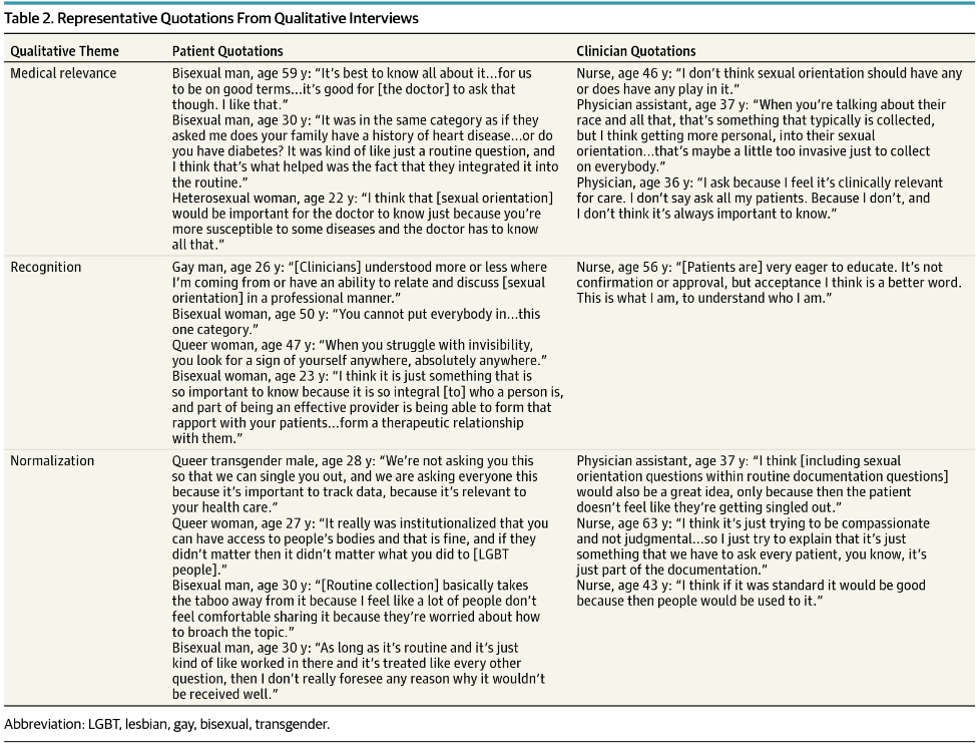






.png)
.jpg)
